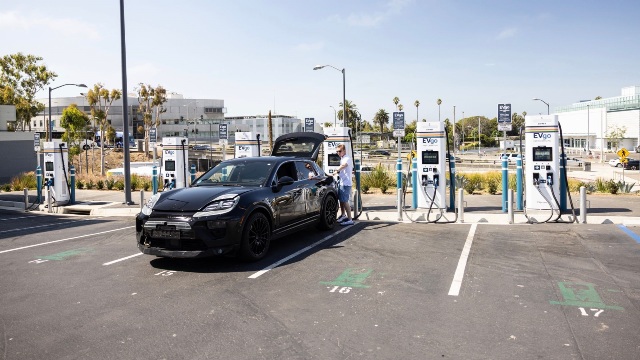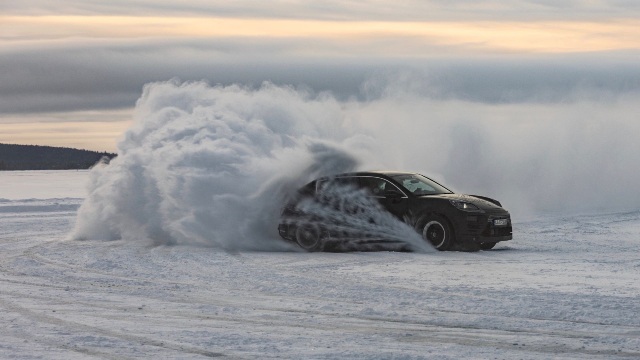
By 2025 more than half of all new Porsche cars sold are expected to be electrified
Porsche is picking up speed on electromobility. Thanks to a clearly defined roadmap, by 2025 more than half of all new Porsche cars sold are expected to be electrified – either fully or as plug-in hybrids. By 2030, the Stuttgart sports car manufacturer’s target is for more than 80 per cent of its new car deliveries to be fully electric models. Premium Platform Electric (PPE) is just one of the tools the company is deploying to fulfil this ambition.
With PPE, Porsche and Audi have together developed an architecture for all-electric cars with which the benefits of a purely electric platform can be enjoyed in many ways – in terms of package and spaciousness, for example. At the same time, the architecture offers so much room for manoeuvre in the wheelbase, track width and ground clearance that it can be used to realise a variety of models – including in different segments. which simultaneously allows the flexibility for Porsche models to retain their strong, independent character.

The first Porsche based on the PPE will be the all-electric Macan. With its 800-volt architecture, the powerful electric motor of the latest generation, and state-of-the-art battery and charge management, this model offers the E-Performance that is characteristic of Porsche. The successor to the successful compact SUV will be the sportiest model in its segment. Along with reproducible best-in-class performance values, the development targets include long-range capability and high-performance fast charging.
For the top variants, the engineers are creating a dynamic, sporty driving experience with fully variable electronically controlled rear differential and a so-called ‘Performance rear axle’. Added to this is a powerful electric motor positioned behind the rear axle. This enables a rear-dominant all-wheel application across a wide spectrum. In combination with the dynamic torque distribution in the all-wheel drive, it also supports high agility when accelerating out of corners.
Powertrain: system output up to around 450 kW and torque of over 1,000 Nm
The PPE enables a wide range of models with rear- and all-wheel drive and various performance levels. The system output will initially go up to around 450 kW, with a maximum torque of more than 1,000 Nm.

As with the Taycan, Porsche is deploying the 800-volt technology for the next Macan generation. This ensures consistent high performance, significantly reduces the charging time, and lowers the weight of the high-voltage cables and the space required for them. A further common feature are the permanently excited synchronous electric motors (PSM) with hairpin winding used by Porsche. In this design, the rotor of the AC motor is fitted with permanent magnets that generate a permanent magnetic field in the motor. In comparison to asynchronous motors (ASM), PSMs offer higher power and torque densities, greater efficiency and better reproducibility of the power output.
All electric Macan models have a lithium-ion battery in the underbody with a total capacity of around 100 kWh. This sizing is based on the Porsche philosophy. When looking at how to balance range, performance and sustainability, the company focuses on travel time. High-performance battery and charging technology is key here.
Information Source: Read More
Energy Monitors | Electric Power | Natural Gas | Oil | Climate | Renewable | Wind | Transition | LPG | Solar | Electric | Biomass | Sustainability | Oil Price |


